Horror movie lighting is a crucial element in creating an eerie and unsettling atmosphere that keeps audiences on the edge of their seats. It can make or break the film, and mastering the techniques behind horror movie lighting can elevate a movie to a classic.
Creating horror movie lighting involves the use of several lighting techniques, including backlighting, silhouetting, and others. Here we delve into these techniques and examine how they have been used to create some of the most iconic horror movie scenes.
The craft of making movies presents filmmakers, including cinematographers who are implementing movie lighting, with a multitude of artistic and technical challenges. During pre-production, these professionals must navigate tasks such as storyboarding, scriptwriting, casting, location scouting, set design, and budgeting. In production, they focus on achieving the right movie lighting including what THIS article is about which is horror movie lighting, achieving the right composition, making use of high and low angle shots and other compositional dilemmas, focus pulling techniques like split diopter shots and rack focus, and lighting design, as well as camera movement, sound recording, and directing actors. Post-production then involves tasks such as editing, color grading, sound design, visual effects, and music composition. It is essential for these professionals to have knowledge of various film formats, aspect ratios, lenses, audio equipment, and digital software tools, as well as an ability to manage time schedules and understand the length of the filmmaking process. Additionally, they must have a deep understanding of storytelling, character development, pacing, genre conventions, and audience expectations, as all of these elements combine to create a compelling cinematic experience for viewers.
Backlighting
Backlighting is a technique in which a light is placed behind a subject, creating a halo effect around their silhouette. This technique can be used to create a sense of unease and to isolate the subject from the environment around them. It can also be used to create a mysterious or ominous feel, as the subject is obscured by the backlight.
An example of the effective use of backlighting can be seen in the opening scene of John Carpenter’s Halloween (1978). In this scene, a young Michael Myers is shown in silhouette, backlit by a streetlight. The backlight creates a sense of unease and mystery around the character, as he appears to be almost supernatural in his appearance. The use of backlighting also serves to isolate the character from the environment around him, making him seem almost otherworldly.
Another example of the use of this in horror movie lighting can be seen in the film Carrie (2013). In this film, the character Carrie is often shown backlit by a bright light. This backlight creates a stark contrast between the character and her surroundings, highlighting her isolation and making her appear more menacing.
Silhouetting
Silhouetting is a technique that involves placing the subject in front of a bright light, obscuring their features and creating a dark silhouette against a brighter background. This technique can be used to create a sense of mystery and suspense, as the audience is left to imagine what the subject looks like.
One of the most famous uses of silhouetting in horror cinema can be seen in Alfred Hitchcock’s Psycho (1960). In the film’s infamous shower scene, the character of Marion Crane is shown in silhouette as she is attacked by the unseen killer. The silhouette creates a sense of horror and suspense, as the audience is left to imagine what the killer looks like.
Another example of horror lighting by silhouetting (and low key lighting described below) would be numerous instances in the Nightmare on Elm Street movies.
Low-key lighting
Low-key lighting is a technique that involves using minimal lighting to create deep shadows and a high contrast between light and dark areas. This technique can be used to create a sense of mystery and suspense, as well as isolating the subject from their environment.
An example of low key lighting in horror movies can be seen in the film The Babadook (2014). In this film, director Jennifer Kent uses low key lighting to create a dark and ominous atmosphere, with deep shadows and high contrast between light and dark areas. This creates a sense of foreboding and unease throughout the film, as the audience is left to wonder what is lurking in the shadows. The use of low key lighting also serves to create a sense of claustrophobia and isolation, as the characters are often shown in small, dimly lit spaces, adding to the tension and unease of the film.
Another example of this in horror movie lighting can be seen in the film It Comes at Night (2017). In this film, director Trey Edward Shults uses low key lighting to create a sense of tension and isolation, with deep shadows and a high contrast. The audience is left to imagine what may be lurking in the shadows. The use of low key lighting also serves to highlight the characters’ vulnerability, as they are often shown in dimly lit rooms with minimal light sources, heightening the sense of danger and fear. Overall, the use of low key lighting in It Comes at Night contributes to the film’s overall sense of dread and unease, making it a memorable and effective horror movie.
Practical lighting effects
Practical lighting effects are techniques that involve using physical light sources, such as lamps or candles, to create a sense of realism and authenticity. This technique can be used to create a sense of intimacy or isolation, as well as to create a sense of foreboding or unease.
One example is The Descent (2005). In this claustrophobic horror movie about a group of women who become trapped in a cave system, the characters use headlamps to navigate through the darkness. There are also a number of fire torches lighting the way. These practical light sources not only help to create a sense of realism, but also add to the tension and fear by casting ominous shadows and highlighting the characters’ fear-stricken faces, as well as the monsters in the movie.
Another example of the use of practical lighting effects can be seen in the film It Follows (2014). In this film, director David Robert Mitchell used practical lighting effects to create a sense of intimacy and isolation, with the characters often shown in low-lit rooms with a single light source. This creates a sense of vulnerability and unease throughout the film, as the characters are isolated and vulnerable to attack.
Horror movie lighting is a critical element in creating an eerie and unsettling atmosphere that have made some of the most iconic horror scenes what they are. By mastering the techniques described, filmmakers can create some of their own iconic and terrifying scenes. By using horror lighting creatively and effectively, filmmakers can create a sense of unease, suspense, and horror that will stay with audiences long after the credits have rolled.
Last Updated on May 6, 2023.

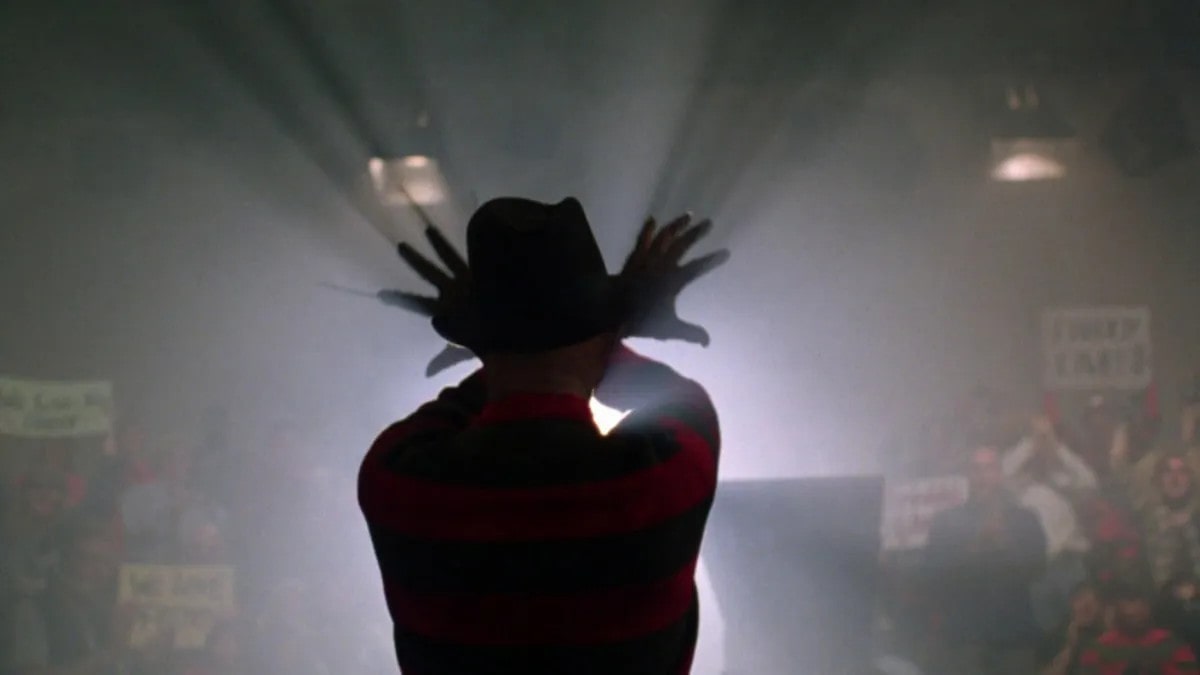
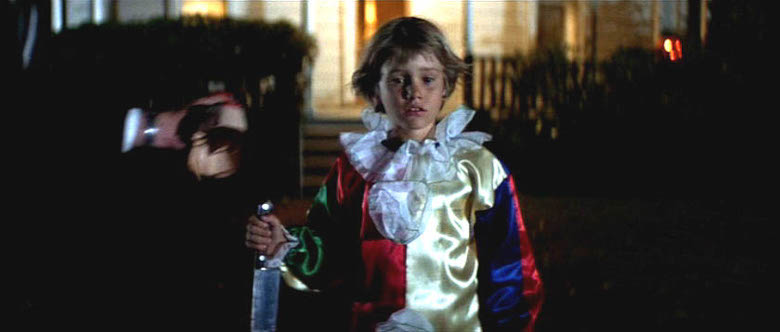
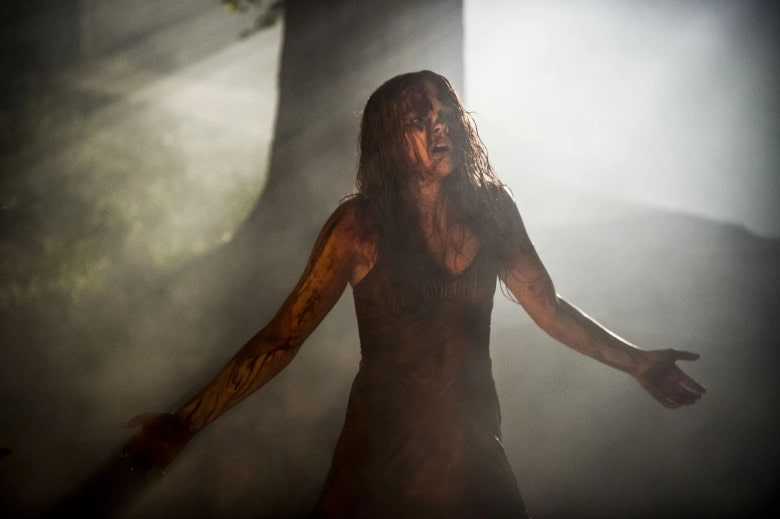
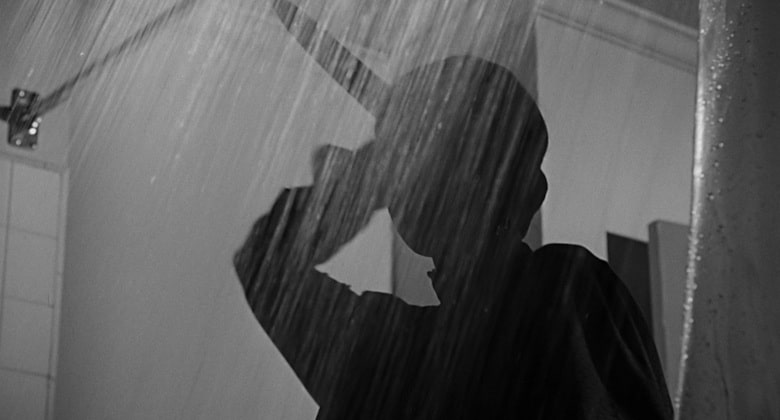
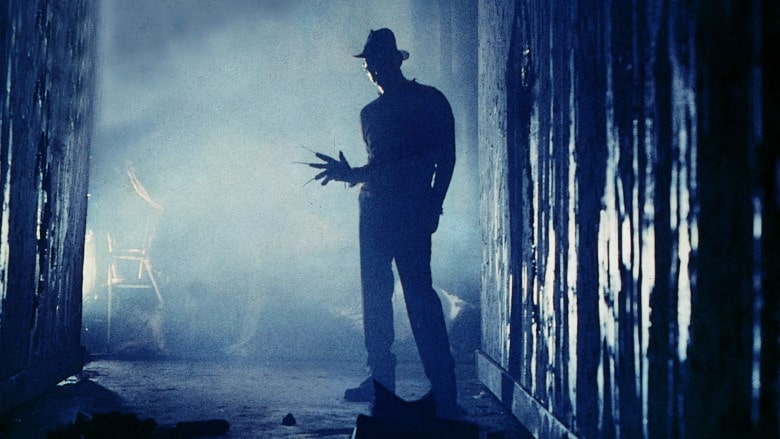
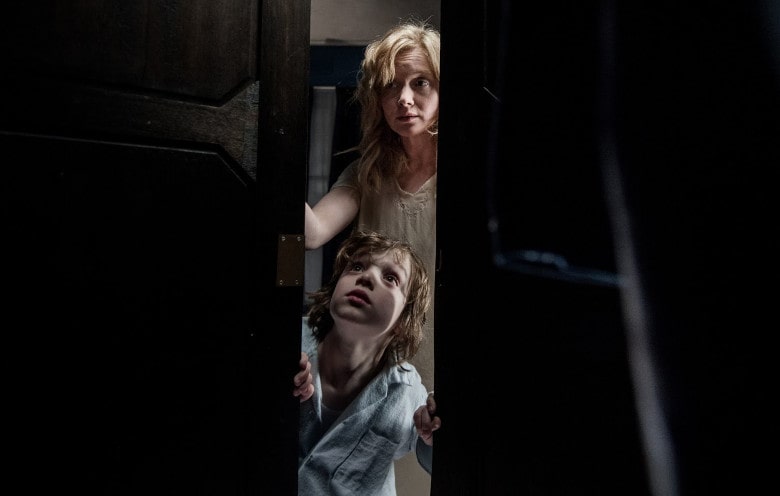
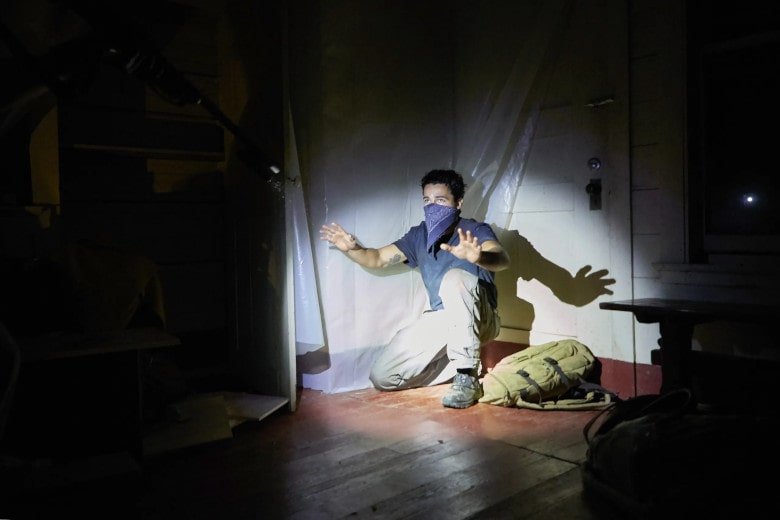
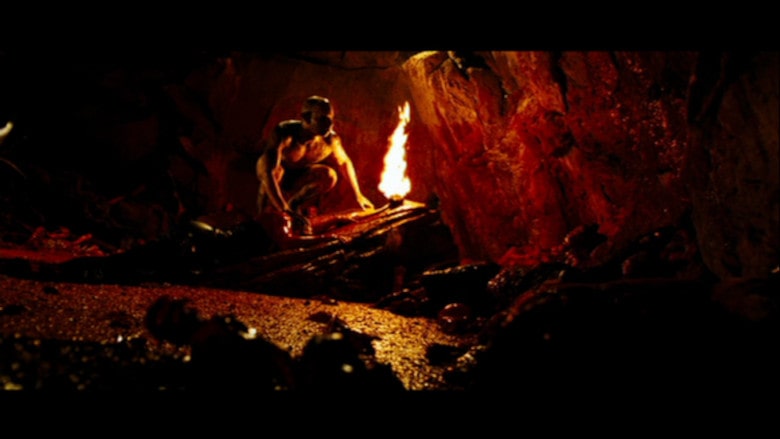
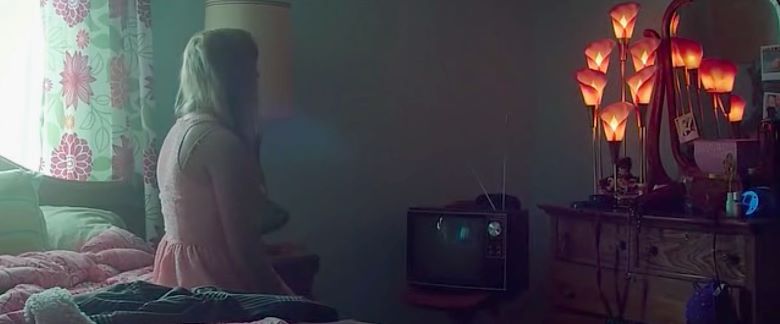
2 Comments